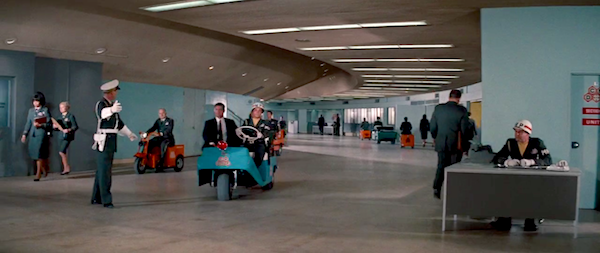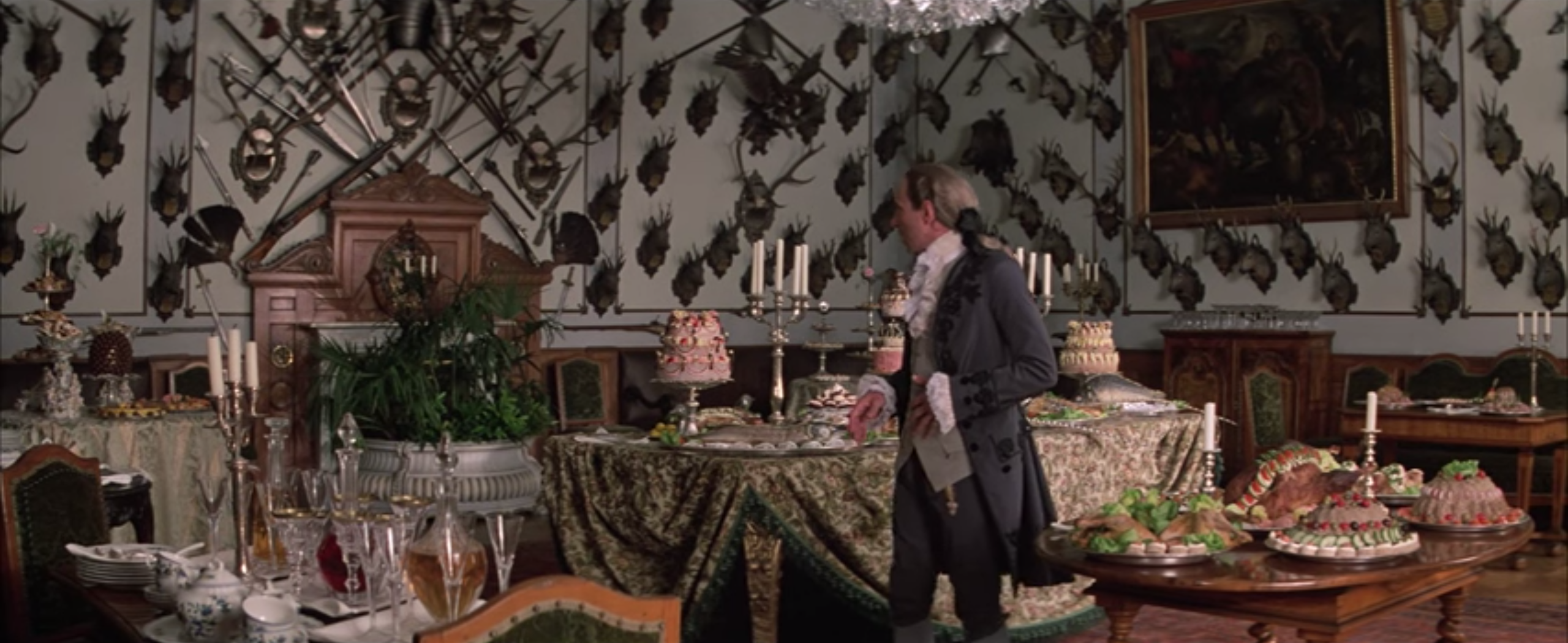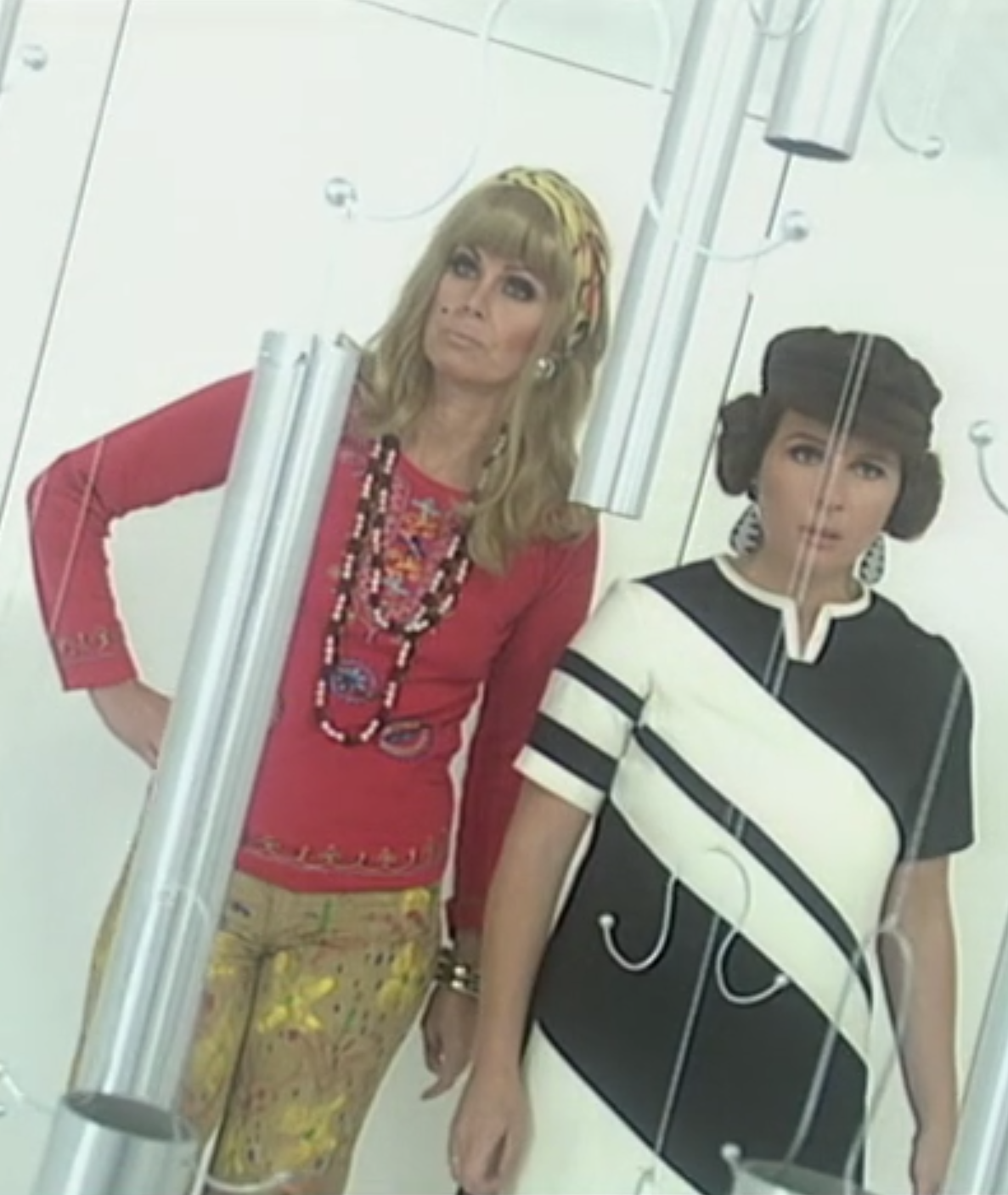The Furniture: Wiener-Dog's Sickly Green Cages
 Monday, August 29, 2016 at 10:30AM
Monday, August 29, 2016 at 10:30AM by Daniel Walber
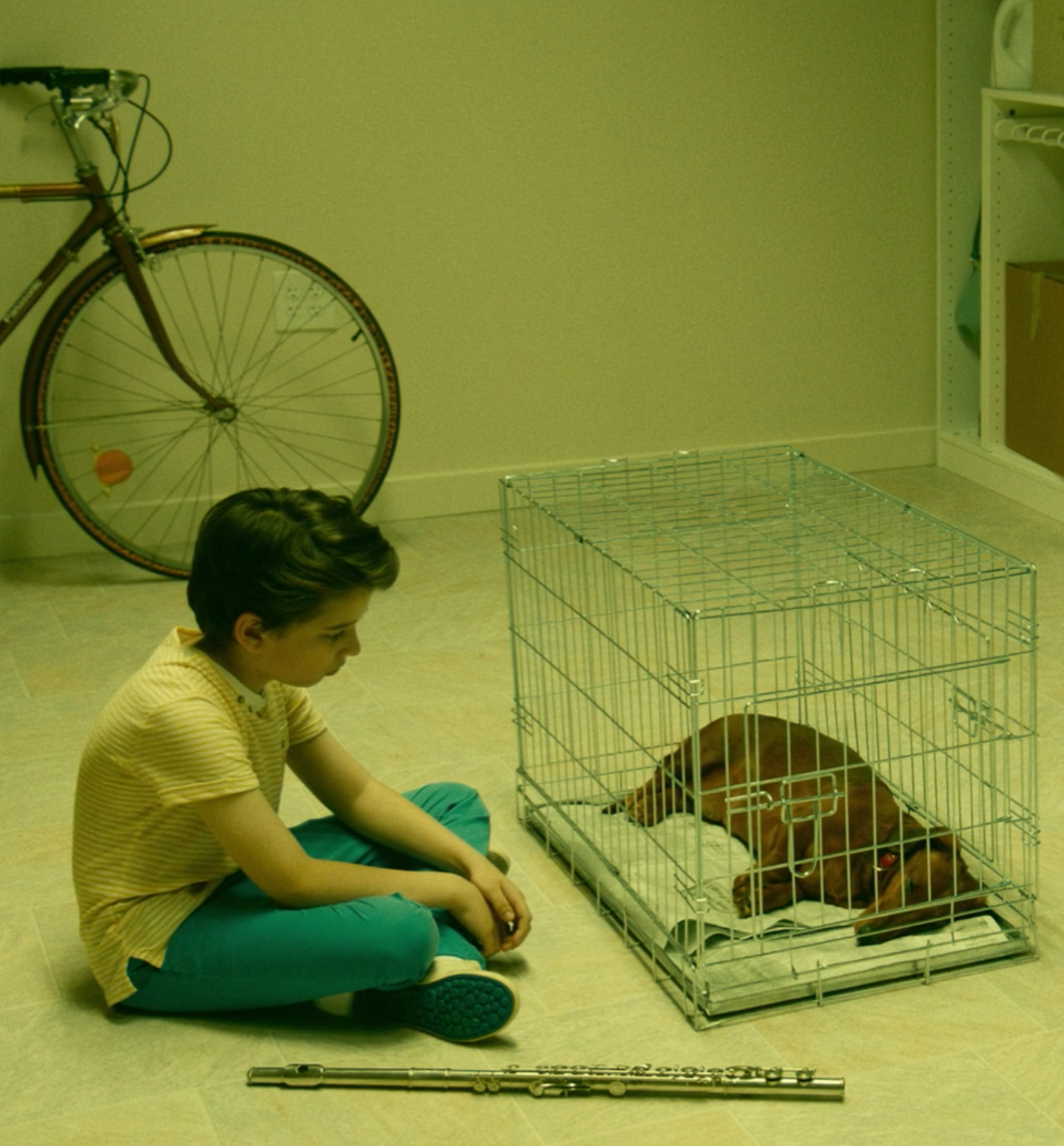
Wiener-Dog is a deceptive movie. It is technically a sequel to Todd Solondz’s cult classic Welcome to the Dollhouse, but only for about a quarter of its running time. It’s actually an anthology, built around the often tragic life of an adorable, stoic dachshund. Each stop is totally separate from the last, each new character a slightly different riff on solitude and bitterness.
Yet even this structural diversity is deceptive. For while the film contains a variety of stories and locations, it is essentially one long expansion of a single set. The opening credits play over an anonymous animal shelter, where Wiener-Dog patiently waits to be adopted. One side has bars, the other a clear panel. The bright light highlights the sickly green walls, like the antiseptic glow of a dystopian hospital.
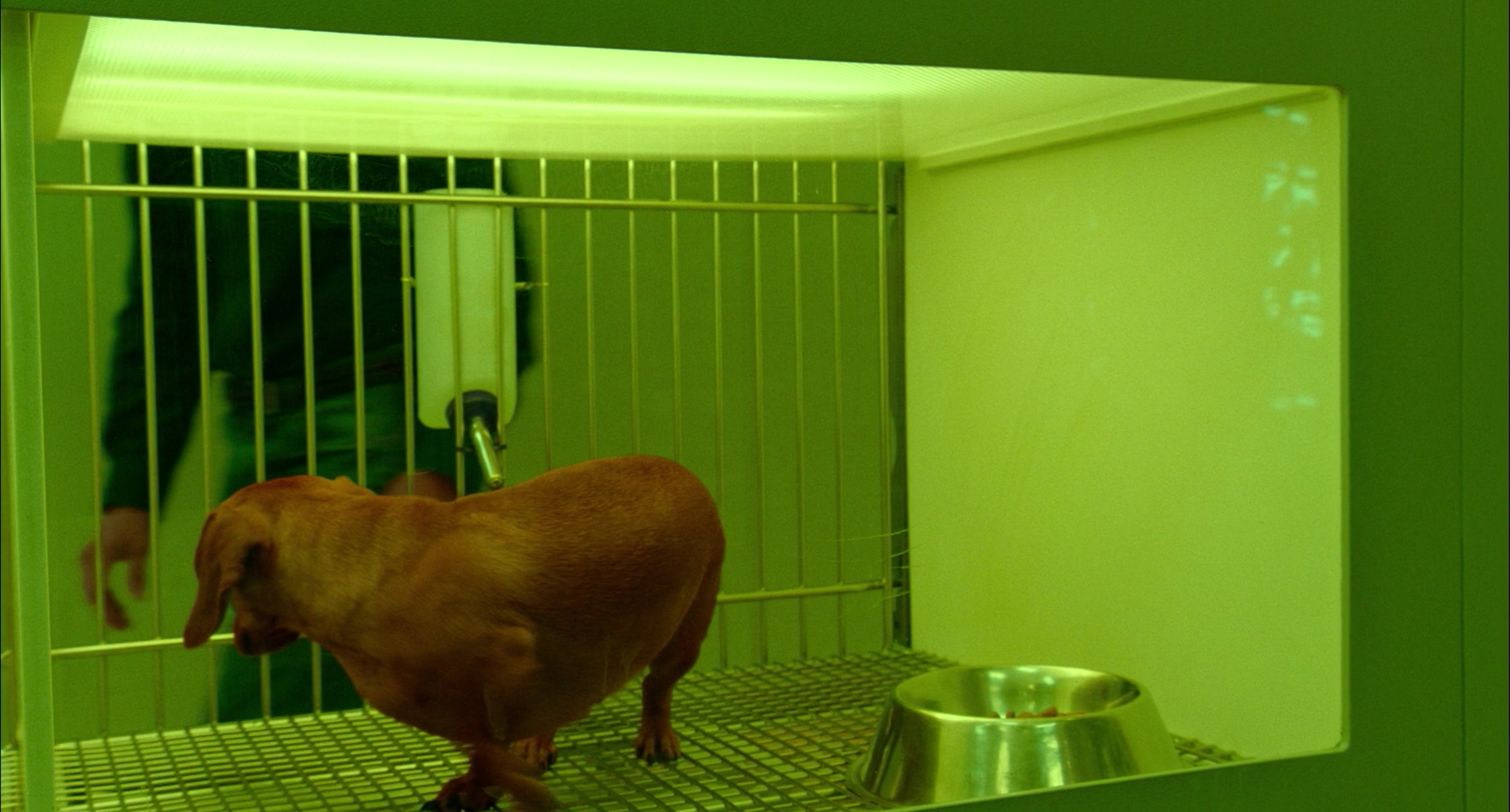
Wiener-Dog makes it out, but the cage lingers...




